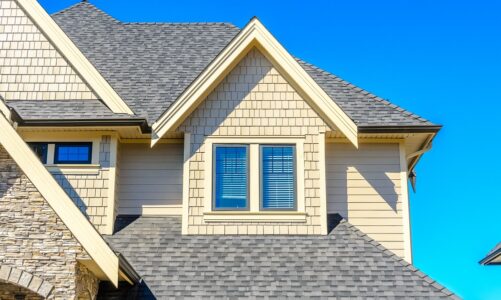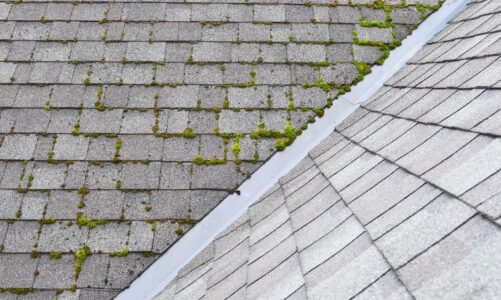As temperatures begin to fall, your home will need maintenance to keep it optimum during the season. When winter arrives, are you left struggling to do things around your house to prepare for winter? Possibilities are you are not the one. Many people put on hold winterizing their home and would rather spend their days out Christmas shopping, sitting on the couch watching football, or rolled up with a blanket next to the fireplace.
Winterizing your home is a necessity that comes every year, and it’s been predicted that approximately 50% of most household utility bills goes towards heating and cooling your house. It is more satisfying to be prepared for the winter and save money on heating your home.
Here are some tips for winterizing your home.
Furnace Inspection
Inspect your furnace and heating system. Call a professional to ensure that your heating system is working correctly and safely. It is recommended not to use heating systems based on gas and oil to release dangerous carbon monoxide, which is hazardous to health.
It’s also a good idea to regularly change the furnace filters to make sure to work accurately during the winter season. Renewing it timely will help you remain comfortable in your home and potentially cut your energy bill by a significant amount. If your home is a hot-water radiator to warm your house, remove all inflammable elements from the area surrounding your furnace.
Fix Air Leaks
Find and repair air leaks. Damaged roofs can let freezingly cold air enter your house. Find air leaks around ceilings, doors, and windows, fit new weatherstripping, blockade around windows, and where pipes/ducting creates a path to the outside. Don’t forget to cover blocks around the exterior electrical outlets as well.
For a permanent solution, you can choose metal roofing to stop cold air inside your house. Coupled with its better insulating abilities, metal roofs are very useful for the winter as well as summer season to prevent a home from winter’s breeze and summer’s warm winds.
Inspect Roof, Gutters, and Downspouts
If your local temperature falls below 5C in the winter, adding extra insulation to the attic will stop cold air from edging to your roof and causing ice dams. Ensure your walls and ceiling are not leaking. Consider call professionals to replace damaged roof shingles or tiles. Clean the gutters and use a hose to move water down the downspouts to clear away debris. Leaves and dirt may have collected in your roof pipes in the autumn months. This can make water to store, which can form ice dams in winter. This could result in severe water damage to your roof and shingles if left ignored before the freezing winter arrive.
Examine your windows. Windows provides a way to wind to enter your house. If your windows are older, install the latest storm windows over a single-pane glass. This will stop heat from escaping.
Get the Fireplace Ready
Close the chimney pipe. If you have a fireplace, remember the chimneys are designed to suck air upwards. This can throw heat out of your house quickly. Ensure the vent is closed when the fireplace is not in use and seal those areas that will not be used in the winter months. It’s best to cap or screen the top of the chimney to keep out rodents and birds. Otherwise, they will make their home there. Examine the fireplace depressant for proper opening and closing. Also, check the mortar between bricks and tuckpoint, if required.
Service Weather-Specific Equipment
These measures help you keep devices prepared when you will definitely require them:
- Service snow blowers.
- Replace old rakes and snow shovels.
- Hone ice choppers to remove ice from roofs.
Things that you don’t need in winter seasons, like yard trimmer, drain the gas to avoid rust, and safely place them in the storeroom.
Wrap your pipes near exterior walls
Pipes near outside walls have the highest risk of freezing during cold winter months. Wrapping those pipes with insulation provides extra protection and can limit significant damage to pipes.
Install Smoke and Carbon Monoxide Detectors
Some cities require a smoke detector in every room. Buy extra smoke detector batteries and change them from time to time. Install a carbon monoxide detector near your furnace or water heater. Test smoke and carbon monoxide detectors before installation to ensure they are working correctly.
Winterizing your home is a must, as it can help minimize troubles through those hoarfrost filled nights. It is always advised to be prepared for the unexpected.
Taking the proper measures to prepare your home for the winter season can save you thousands on energy bills. However, doing it single handly can be troublesome for you. And in between the hustle, you may wonder how to winterize your home?
No need to worry; contact Southern Maryland Roofing. We use only superb quality of products and offer lifetime warranties on most products. We have expertise in installing residential and commercial roofs, metal roofing, and maintenance services. At Southern Maryland Roofing, we ensure 100% satisfaction with our company and products.
Contact us now! Being prepared and taking the necessary measures to winterize your home can save money and your lives.




